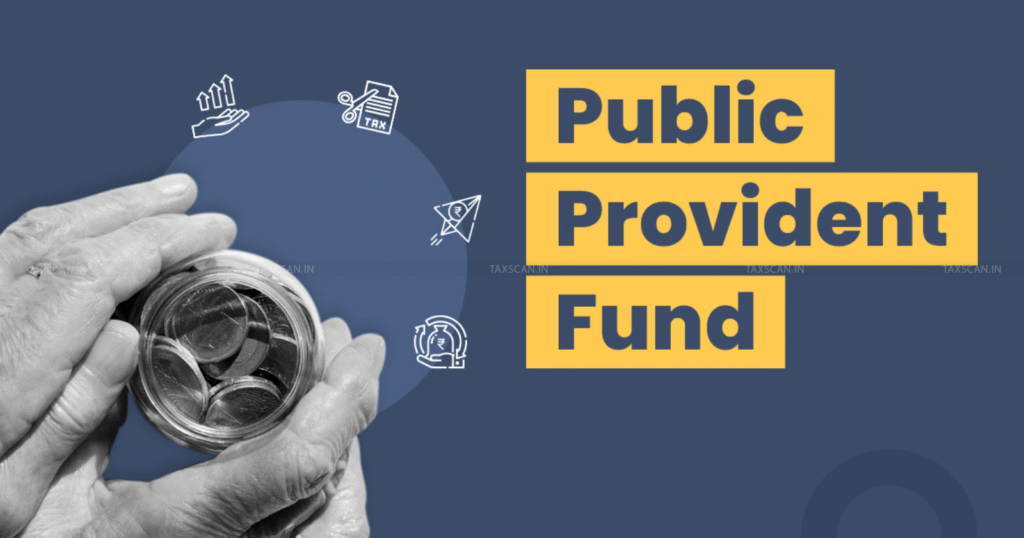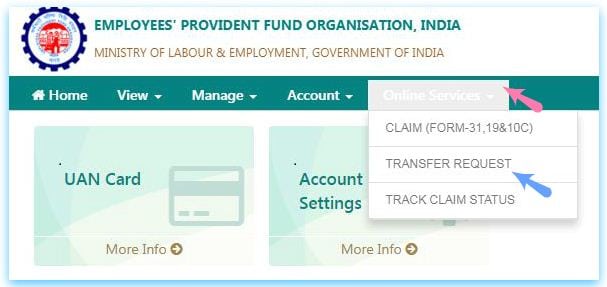
In a significant development aimed at easing the process for millions of employees across India, the Employees’ Provident Fund Organisation (EPFO) has introduced a simplified mechanism for transferring provident fund (PF) accounts. The move comes as a boon for employees who often face bureaucratic hurdles when changing jobs, making it easier to transfer their hard-earned savings to a new employer. This reform is not only expected to streamline the process but also enhance transparency and efficiency in managing retirement funds.
The Burden of Complexity in the Old Process
For years, employees transitioning between jobs have grappled with a cumbersome process of transferring their PF accounts. Under the previous system, delays were common, often stretching for months, as employees had to navigate layers of paperwork and coordination between employers. This not only caused frustration but also led to a loss of interest on idle funds during the transition period.
The lack of a user-friendly interface added to the woes, with employees frequently resorting to physical visits to EPFO offices for resolution. This outdated mechanism created bottlenecks that discouraged many employees from proactively managing their PF accounts. The new rule change aims to eliminate these challenges, offering a seamless and hassle-free experience.
The Key Changes in the PF Transfer Process
The EPFO has now simplified the procedure by eliminating certain bureaucratic requirements. As per the revised rule, employees can initiate the transfer of their PF accounts directly through the Unified Member Portal. The transfer process, which once involved multiple approvals and manual interventions, has been largely automated. This includes verifying the details of the employee’s old and new employers through an online mechanism.
One of the standout features of the updated process is the integration of the Aadhaar-based Universal Account Number (UAN). By linking the UAN with Aadhaar, employees can now enjoy a unified identification system that ensures quicker validation and error-free transfers. This reform is a step forward in the EPFO’s vision of adopting a more digital and user-centric approach.
Why This Change Matters
The significance of this rule change extends beyond just convenience. The reform directly addresses several critical issues faced by employees and employers alike:
- Reduced Administrative Burden: Employers no longer need to engage in prolonged correspondence with the EPFO to facilitate PF transfers. This reduces their administrative workload and allows them to focus on other priorities.
- Quicker Fund Access: Employees can now access their transferred funds almost instantly once the process is completed. This ensures continuity in managing their retirement corpus without delays.
- Encouraging Formal Employment: By simplifying the process, the EPFO aims to encourage formal employment and strengthen trust in the Provident Fund system. This reform could be instrumental in bringing more workers into the formal workforce.
- Employee Empowerment: By making the process more transparent and accessible, employees are better equipped to take charge of their financial futures, ensuring that their retirement savings are secure and well-managed.
The Role of Technology in Transformation
Technology has been the backbone of this transformation. The adoption of digital tools like the Unified Member Portal has brought unprecedented convenience to users. The portal’s intuitive design allows employees to monitor their account details, initiate claims, and even track the status of their transfers in real-time.
Moreover, the integration of Aadhaar and UAN ensures that the system remains robust against identity fraud. By leveraging these tools, the EPFO has set a new benchmark for digital governance in India. This move is expected to pave the way for further technological innovations in managing social security benefits.
The Unified Member Portal also ensures that employees can correct discrepancies in their personal information without undue delays. This feature is particularly significant for employees who have faced hurdles due to mismatched data or errors in their records. By addressing these challenges proactively, the portal strengthens trust in the system.
Challenges That Remain
Despite the monumental progress, there are still some challenges that need to be addressed. Technical glitches on the portal, limited digital literacy among a section of employees, and delays caused by mismatched details between old and new employers are some of the hurdles that persist.
Additionally, while Aadhaar integration has enhanced security, it has also raised concerns about data privacy. Employees and policymakers have called for stricter measures to safeguard personal information, ensuring that digital advancements do not come at the cost of individual privacy.
For rural and semi-urban employees, accessing digital tools can still be a daunting task. Limited internet connectivity and a lack of familiarity with online platforms pose significant barriers. The EPFO must take steps to bridge this digital divide by offering offline support and awareness campaigns.
Expert Opinions and Employee Reactions
The reform has received widespread acclaim from industry experts and employees alike. Financial advisor Sameer Kulkarni remarked, “This is a landmark decision by the EPFO. By simplifying the PF transfer process, they have addressed a long-standing pain point for employees. It’s a win-win for both employers and employees.”
Employees, too, have expressed relief and satisfaction. Rajesh Singh, an IT professional, shared his experience: “In my previous job change, transferring my PF was a nightmare. It took over three months and endless follow-ups. With this new system, I managed to transfer my account within a week. It’s a huge improvement.”
Another employee, Priya Verma, noted the convenience of real-time updates: “The portal’s tracking feature kept me informed throughout the process. It’s reassuring to know exactly what’s happening with your funds.”
Broader Implications for the Workforce
This reform is expected to have far-reaching implications for India’s workforce. By making PF transfers seamless, the EPFO is fostering a culture of financial responsibility and empowerment among employees. This change is also likely to bolster the confidence of younger professionals in the Provident Fund system, encouraging them to actively participate in building their retirement savings.
Additionally, the reform aligns with India’s vision of promoting digital literacy and financial inclusion. By integrating cutting-edge technology into social security systems, the EPFO is setting a precedent for other organizations to follow. This approach not only enhances user satisfaction but also contributes to the nation’s broader goals of technological advancement.
Addressing Long-Term Challenges
To sustain the momentum of this reform, the EPFO must address long-term challenges. These include enhancing server capacity to prevent downtime, offering multilingual support on the portal, and providing targeted assistance to employees in remote areas. Regular feedback loops and surveys can also help the EPFO understand user needs and refine its services accordingly.
The EPFO should also consider introducing educational initiatives to improve digital literacy among employees. Workshops, webinars, and instructional videos can equip users with the skills needed to navigate the portal effectively. These efforts will ensure that no employee is left behind in the transition to a digital-first approach.
Future Prospects
As the EPFO continues to enhance its services, there is hope that similar reforms will be introduced in other aspects of employee benefits. The focus on user-centric policies is a testament to India’s commitment to improving the quality of life for its workforce. Experts predict that the success of this reform could serve as a blueprint for future initiatives aimed at simplifying social security systems.
Looking ahead, the EPFO could explore the integration of advanced technologies like blockchain to further enhance transparency and security. By staying ahead of the curve, the organization can maintain its reputation as a leader in digital governance.
Conclusion: A New Era of Efficiency
The EPFO’s decision to simplify the PF transfer process marks a new era of efficiency and transparency in India’s social security system. This reform not only addresses long-standing challenges but also sets the stage for further innovations in the management of employee benefits.
For employees transitioning between jobs, the simplified process offers peace of mind, ensuring that their hard-earned savings remain accessible and secure. As digital tools and streamlined policies continue to reshape the landscape, the future of employee benefits in India looks brighter than ever. By fostering trust, promoting inclusivity, and embracing technology, the EPFO is laying the foundation for a more equitable and efficient social security system that benefits all.

